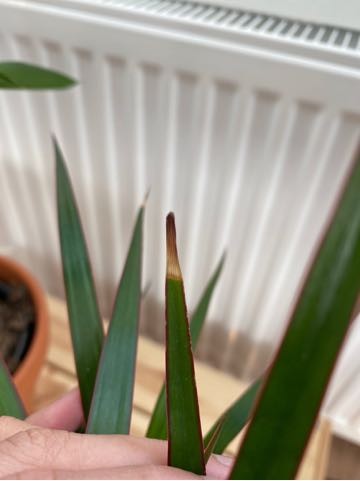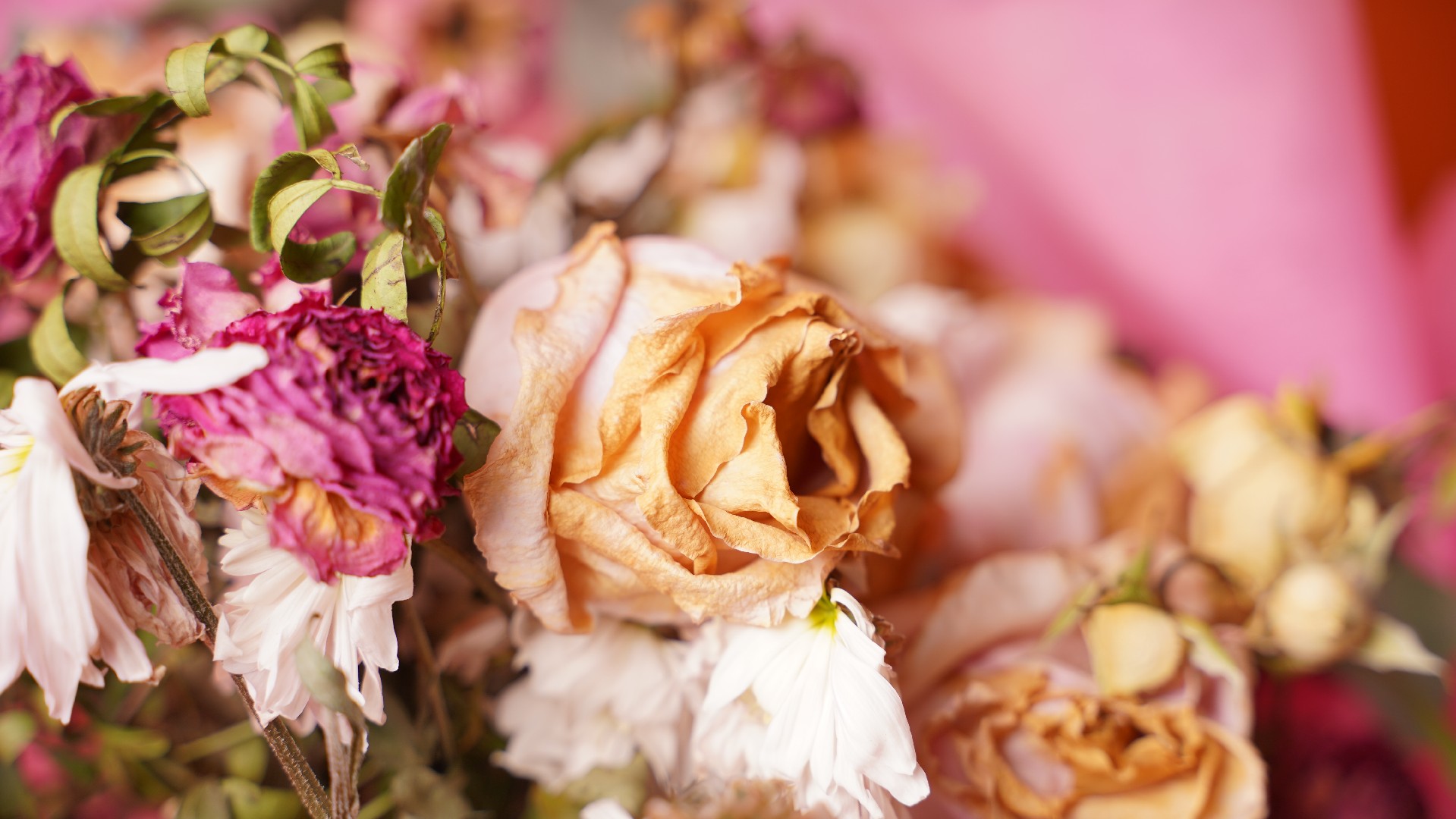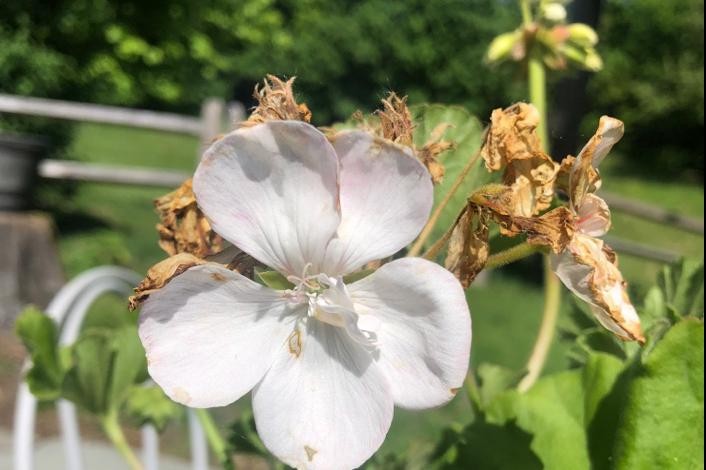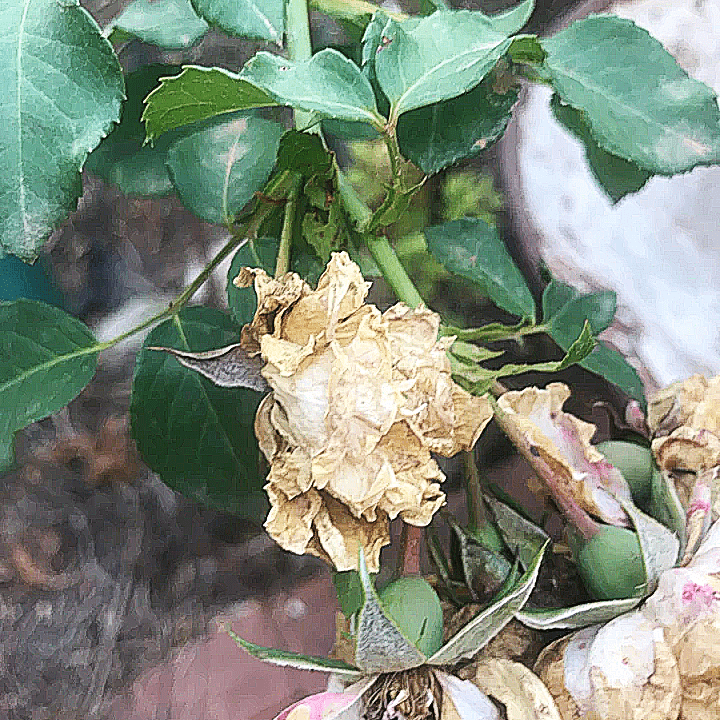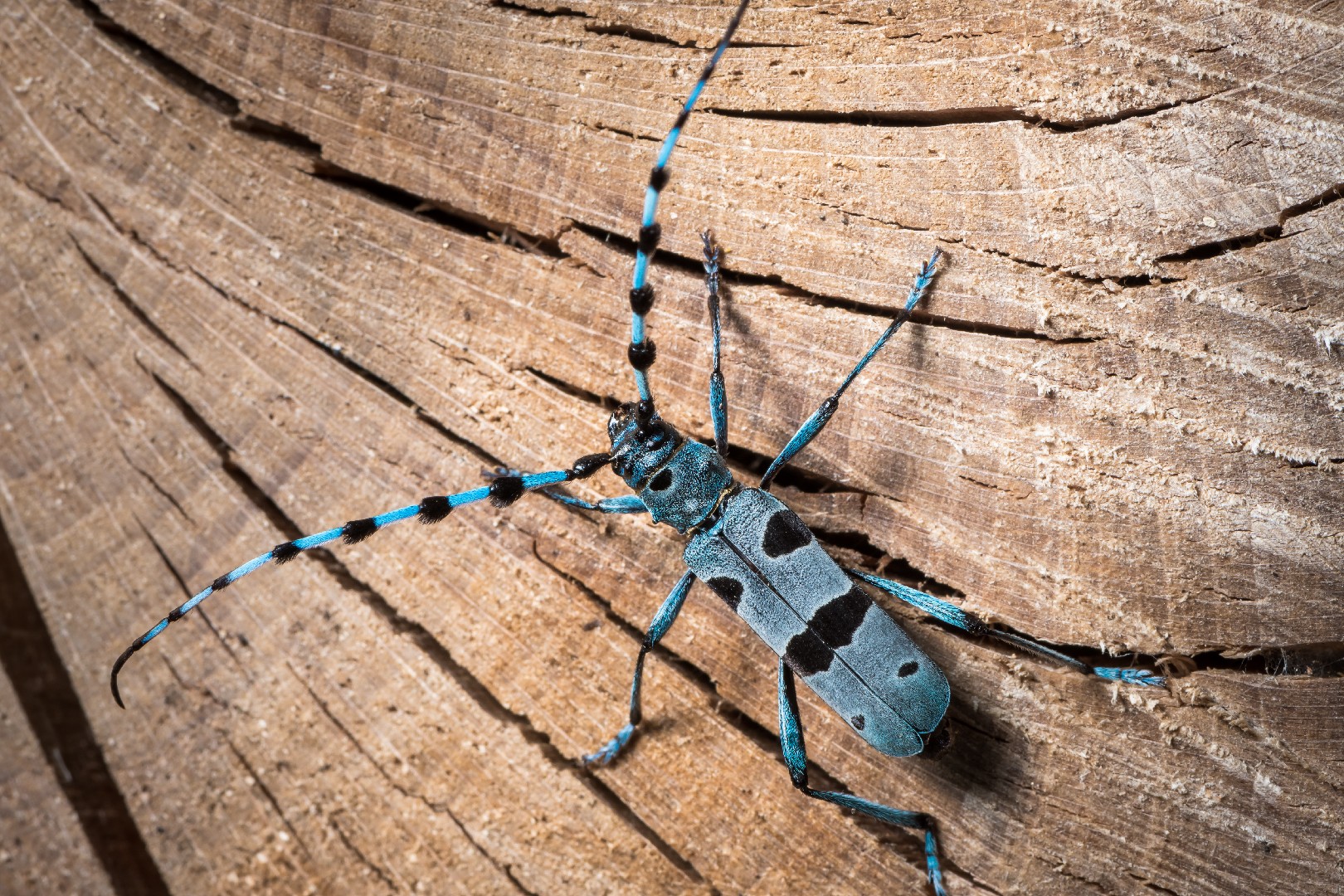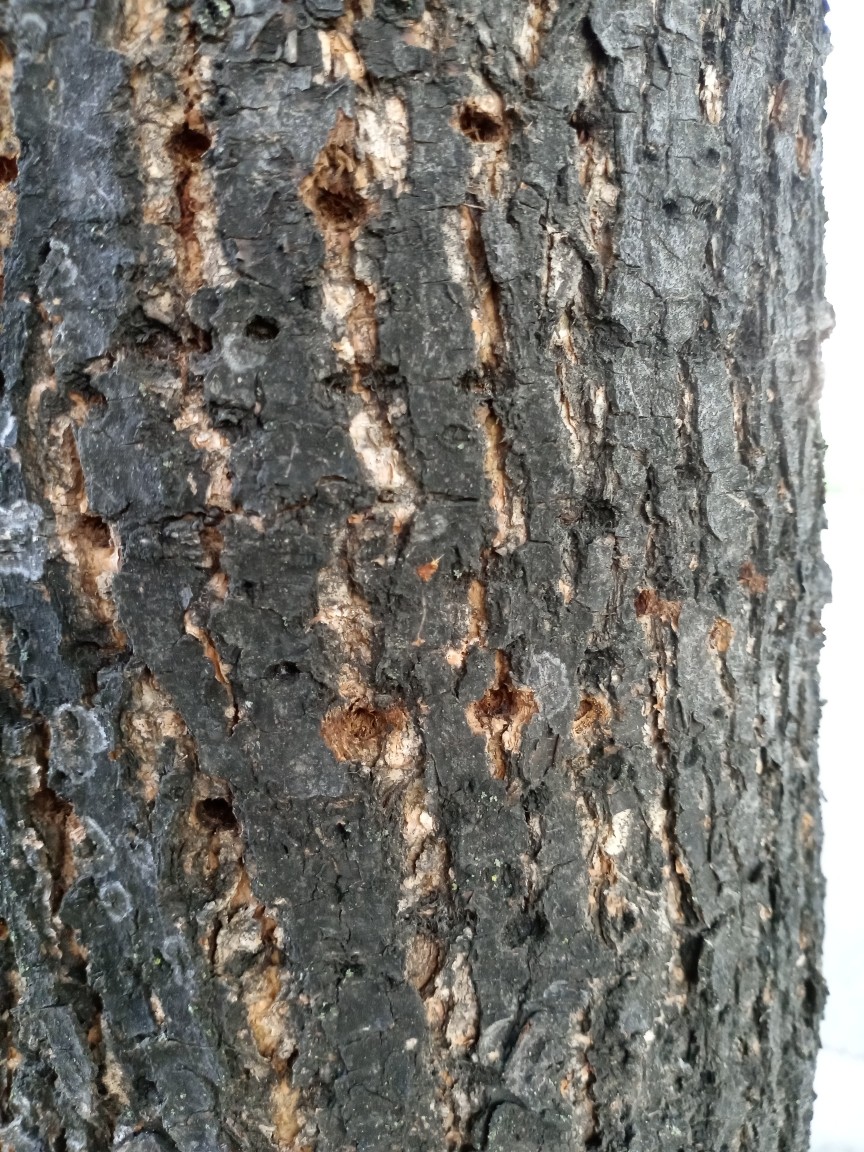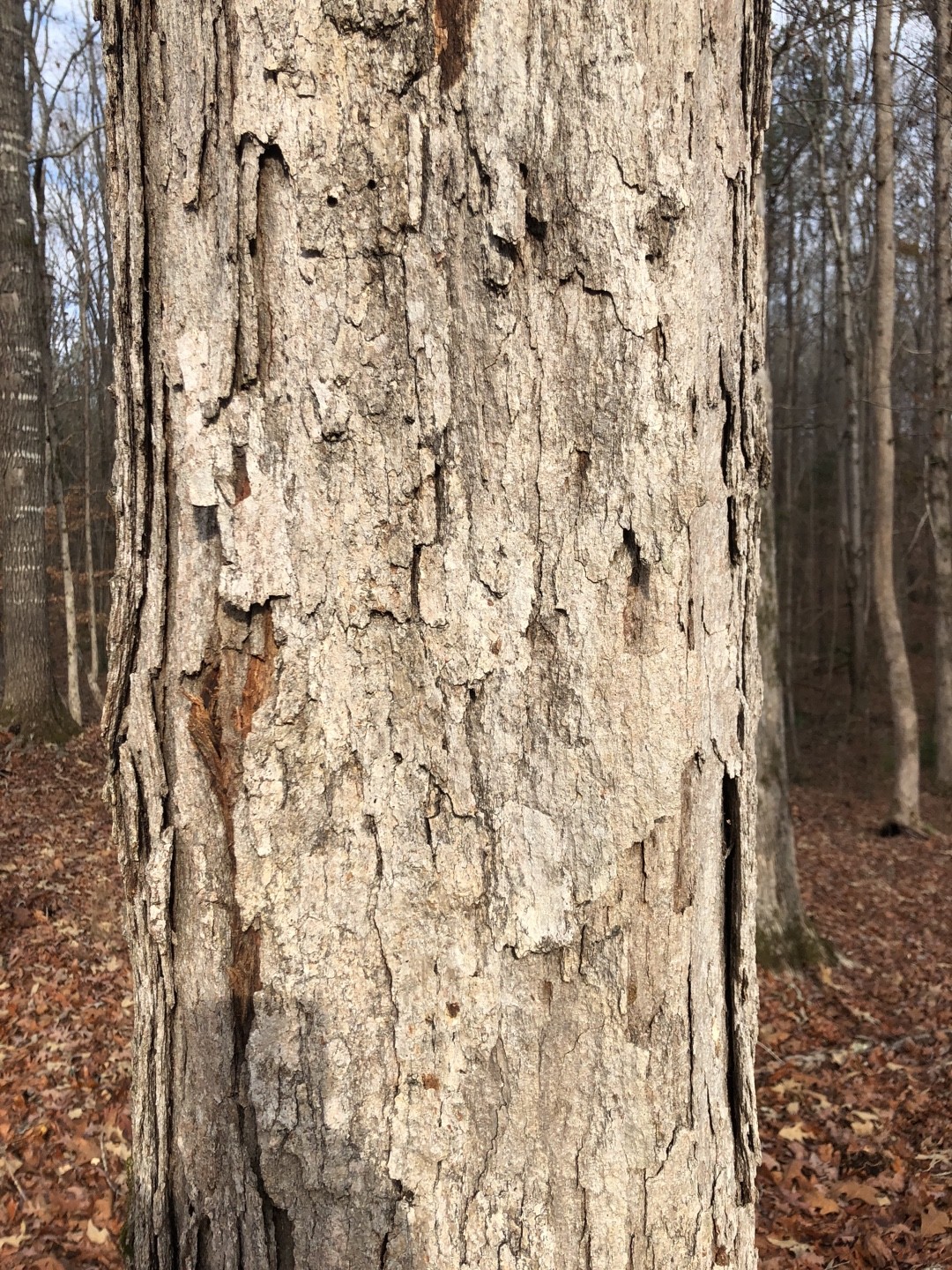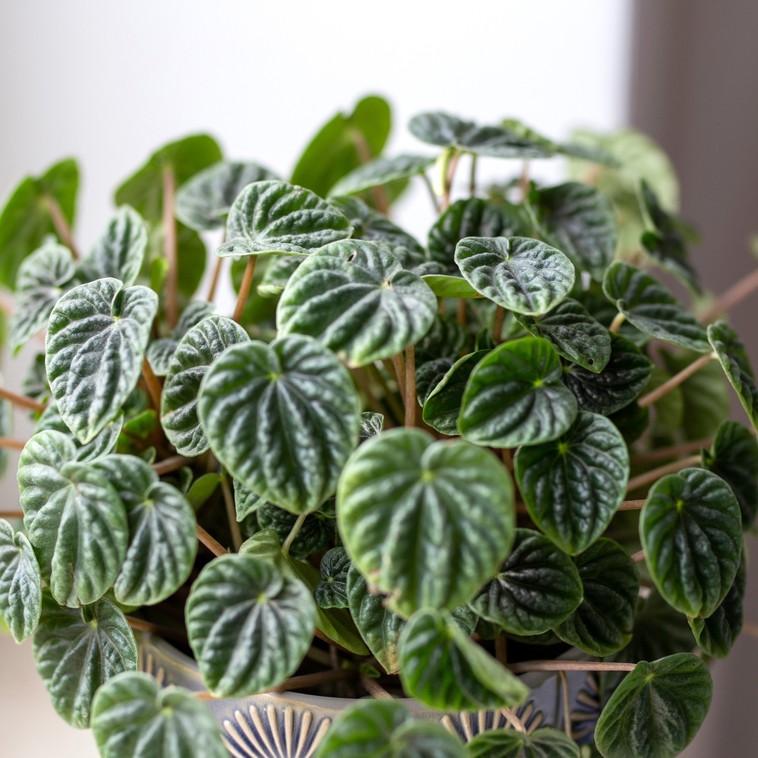What should I do if Air plant is overwatered?
Overwatering can create serious issues for Air plant because their stem or leaf are prone to rotting. Unlike other plants, overwatering of the Air plant is mainly waterlogged in the center of the leaves. Trapped water can suffocate leaves, and provide space for microorganisms to breed. In fact, overwatering is the leading cause of death for Air plant kept as houseplants. And Air plant maintained outdoors will be less likely to suffer from overwatering, as good ventilation will make it easier to keep the Air plant healthy. The symptoms of an overwatered Air plant are that the base will turn dark and the roots will get mushy. Leaves will turn yellow and start to fall out. If your Air plant is showing signs of overwatering, remove the dead and dying parts and thoroughly dry the plant. Place it on top of something dry where there is good air circulation. A fan might help if your plant isn’t too small. Once the rot spreads, the Air plant will gradually die.
![more]()
What should I do if Air plant is underwatered?
You’ll know it’s time to water the plant when it appears wrinkled or the leaves roll and remain loose. In severe cases, the leaf tips may also dry out and turn brown. Air plant which is underwatered will appear droopy rather than sharp. However, it can be revived by continuous spraying or soaking. However, once the leaf tips dry out and turn brown, they cannot recover, so it will be very important to set up an appropriate watering schedule.
![more]()
How often should I water Air plant?
On average, expect to mist the plant three or four times a week. If you live somewhere the air is especially dry or if your plant is in great need of water, you need to water it more frequently. It is recommended that to soak the Air plant in a bowl of water for 30 minutes to 1 hour every 1-2 weeks. More people will choose to soak once a week in the spring and fall, while more frequently in the summer and less frequently in the winter. There will be differences depending on your city climate, but overall it doesn't deviate very much. They are easy to keep, and after a few weeks you will be able to learn their care needs and establish your own watering schedule.
![more]()
How to water Air plant?
Air plant takes water directly through the skin of their leaves. In the wild, as temperatures go down at night, water condenses on the leaves and is absorbed through pores. As a houseplant, you can mimic that by misting water directly onto Air plant’s leaves. Don't over spray, because you need to be careful not to let water in the center of the leaves, it's best if the mist doesn't accumulate but is evenly distributed. Water accumulation in the center of the leaves for more than 2-3 days will easily foster the growth of bacteria, microorganisms and suffocate leaves. The ideal time to do this is at night because that is part of the plant’s natural cycle. If you can, use unchlorinated water. Too much chlorine can cause the tips of the Air plant’s leaves to turn brown. Rainwater is the best, but if you cannot collect rainwater, you can also use stream or lake water. Air plant gets many nutrients directly from water, so it is best to give it water with lots of minerals and nutrients, distilled water would not be recommended for long term use. If you don't like to spray it often, you can also water it by soaking the plant. Allowing the plant to soak for about 30 minutes - 1 hour at a time will satisfy its water needs. Since soaking inevitably causes water to accumulate in the center of the leaves, it is important to dry the Air plant after it has been fully soaked. It is important to place the Air plant on its side or upside down on a paper towel or dry dish towel to allow them to dry completely, which takes about 2 hours. After drying, put the Air plant back in place. More frequent soaking is needed in the summer when the temperature rises or when the plant is in a very dry location. One more thing to note is that with Air plant, you need to pay extra attention to the water temperature and try to keep the water temperature between 60- and 80-degrees Fahrenheit. If the water temperature is not suitable, you should leave the water in the room for a while before watering the plant. You’ll know it’s time to water the plant when it appears wrinkled or the leaves roll and remain loose. In severe cases, the leaf tips may also dry out and turn brown. Air plant that is underwatered will appear droopy rather than sharp. However, it can be revived by continuous spraying or soaking. However, once the leaf tips dry out and turn brown, they cannot recover, so it will be very important to set up an appropriate watering schedule. Aside from the potting medium which is covered above, there are other environmental conditions that will factor into your watering schedule. Remembering that these plants love humidity and warmth, you may need to water more often if you live in a dry climate or if you are using air conditioning that reduces humidity in the indoor air. Warmer temperatures in spring and summer call for more water, and vice versa when temperatures drop. High humidity is great for Air plant and also reduces the need for frequent watering. Try a humidifier or a pebble tray to increase ambient humidity around your Air plant. Lots of air circulating in the room is good for Air plant, but also increases the evaporation rate meaning you may need to water more often.
![more]()
How does Air plant get water in the wild?
In their natural habitat, Air plant takes in moisture through the humid air. They are low-maintenance houseplants, but you’ll need to water them in a way that reflects how they grow in the wild. You won’t keep these plants in traditional flower pots. In fact, they do better in rocky soil and will even thrive if you affix them to the side of something. Some people place Air plant in coconut shells, large seashells, or even wireframes.
![more]()
How can I prune my Air plant?
Pruning your Air plant is a fairly simple process. First, you will need a reliable set of hand pruners or hedge trimmers. You may use a clean pair of sharp scissors if you don’t have pruners or garden shears on hand. It’s important to always clean your gardening tools before and after using them to prevent the possibility of spreading disease or infection to other plants. To prune your Air plant simply allow your plant to go dormant over the Winter. Some time between late winter and early spring – or when new growth starts to appear – take your clean pruners or trimmers and cut away any dying, damaged, yellow or declining foliage. Repeat this process until you reach the base of the plant or until there are no dead pieces left to cut. When pruning, be careful not to damage the new growth that may be emerging near the base of your plant. These parts cannot be restored and pruning can increase the ventilation of the plants and facilitate their growth. Any pruning that is done to this plant should be cut straight across the blades or stems. No angled cuts are required. Diseased leaf blade foliage can be removed as it appears. This could be done anytime when your Air plant is growing.
![more]()
What should I do after pruning my Air plant?
Once you’ve pruned your plant, you should dispose of the stems and leaves either by composting the healthy ones or throwing out the diseased parts. You can also fertilize just before or after pruning, which gives Air plant a little vitamin boost that can provide it the nutrients needed to better protect itself from any nearby pathogens or diseases. Do not water the Air plant immediately after pruning as this can lead to fungal infestation of the plants through the wounds. You don’t need much after care when you’re done pruning. It might benefit from light watering and some liquid plant food to encourage new growth.
![more]()
How can I prune my Air plant during different seasons?
Early spring and late winter are the best times to prune your Air plant on a large scale. If you want to control the size of your Air plant, you can prune them as you wish, but be careful not to prune more than a third of the size of the plant. Yellow and diseased leaves may appear during the summer months when the Air plant is growing vigorously and these types of leaves need to be pruned back immediately. These parts of the Air plant cannot be restored and pruning increases the ventilation of the plant and facilitates its growth.
![more]()
When should I prune my Air plant through different stages of growth?
Strategic pruning is usually done at different times of the year or during certain stages of growth depending on the plant. However, knowing when to prune your Air plant depends on where you live and how established your plant is. For example, if your Air plant is a new resident, it’s a good idea to wait until the plant starts to grow back before you start pruning. On the other hand, if your plant is already established, you will want to prune the dry or dead parts in plant before new leafy growth appears in early spring or late winter. This is the time of year when plants are dormant and pruning causes the least damage to them. This is also the best time of year to do more extensive pruning. It’s important to note that if Air plant is pruned too late in the season, it can leave new growth at risk for damage or disease. However, if your Air plant is indoors this is not a problem and you can prune at any time. Since this can affect the long-term health and appearance of your plant, it’s important to keep this in mind when deciding when and how to prune. As your Air plant grows larger over time, you can trim it as needed after annual pruning. Dead, damaged, or diseased leaf blade foliage can be removed as it appears. This could be done anytime when your Air plant is growing.
![more]()
What type of sunlight does Air plant need?
As jungle plants, Epiphytic Bromeliads grow in a variety of locations in the rainforest. Some of them are found closer to the forest floor, receiving only dappled sunlight that finds its way through tall canopies. Others grow as epiphytes higher up on the trees and are exposed to direct sunlight. That is why it is essential to know what type of plant you’re getting. As a general rule, epiphytic bromeliads naturally exposed to more sun have thicker, stiffer leaves, while species naturally growing in the shade have more tender, thinner leaves. However, as stressed before, always check the individual species’ needs. The safest bet for Air plant is to be exposed to bright but mostly indirect light - e.g., from an east-facing window. Also, it is safe to assume that Air plant will get sunburned if exposed to direct sunlight during prolonged periods, so avoid this with all family members.
![more]()
What will happen if Air plant gets inadequate sunlight?
The consequences of inadequate lighting for Air plant can go in two directions. If Air plant receives too much direct sunlight and belongs to species adapted to shady conditions, the leaves may start looking bleached-out and paler than usual at first. Eventually, leaf scorching is almost certain to occur. On the other hand, if Air plant receives too little sunlight, the foliage will lose its color and turn darker. That is especially true for variegated plants that may lose all their additional colors and turn solid green. Also, as a general consequence, Air plant that fails to receive enough sunlight according to their species’ needs will grow poorly.
![more]()
Are there special sunlight requirements for Air plant during different growth stages?
Tropical conditions of Air plant’s original homes are quite stable throughout the plant’s lifetime, and the light doesn’t have to vary between seasons. However, increasing the light exposure can trigger the plant to bloom - a highly desired event. Still, it’s not just about the light levels - all other conditions, such as temperature and humidity, should be met for this to happen.
![more]()
Are there any cautions or tips for sunlight and Air plant?
If you have just bought your Air plant from a non-specialized store, they have likely been exposed to low light conditions for some time. Even if the particular species belongs to the sun-loving Air plant subtype, you need to gradually introduce it to brighter, natural sunlight conditions. That practice is called hardening. Start by exposing your plant to indirect window light, pulling it closer to the light source each day. After several days, the plant can receive its first direct morning light, but only for a very short time.
![more]()
What are the temperature considerations for Air plant?
The absolutely ideal conditions for Air plant - both temperature and light-wise - is a greenhouse setup with temperatures averaging between 70 and 80 °F (21 and 27 °C), with bright indirect light, good air circulation, and high humidity. However, the popular Air plant species are not overly sensitive and are easily grown in average home conditions. As a simple rule - if you feel pleasant in your room temperatures, these are likely adequate for your Air plant as well.
![more]()
Where should I position Air plant to get adequate light?
East or west-facing window light is ideal for most Air plant. However, if the west-facing window is in question, the direct afternoon light may be too harsh for some species, so ensure greater distance from the window or another type of shading during the critical part of the day. If a south-facing window is your only option, keeping Air plant next to it can be possible if you create some distance between the light source and the plant, plus filter the light through a suitable curtain. Again, the ideal position will largely depend on the species in question, and you need to factor in other requirements, such as humidity, into the equation. For example, bathrooms are ideal for Air plant regarding humidity but may not secure enough light for many species unless you have a window in there. However, some species may thrive under low-light bathroom conditions with some natural light available and some supplemented by artificial fluorescent light. Other positions, such as kitchen windows, may provide ideal light but may be too dry. In that case, try increasing the humidity around the plant by creating a humidity tray under the pot or adding a humidifier. Also, Air plant will thrive outdoors in tropical climates and can be brought out during the summer in warm temperate climates. In outdoor conditions, they perform well under trees with broad and semi-thick canopies that create dappled light conditions. Also, shaded patios and bright porches are also great options.
![more]()
What is the ideal temperature range for my Air plant?
Air plant tends to prefer the same general temperature ranges. While they can tolerate temperatures as low as 50℉(15℃), this plant likes higher temperatures that more closely resemble those of tropical and subtropical regions. Being an epiphytic plant, meaning that most of the water of Air plant comes from air humidity and not groundwater, higher temperatures are better. The humidity that Air plant prefers is best obtained with temperatures over 75℉(25℃). Since humidity is created when water is vaporized into warm air, maintaining humidity is easiest with warmer temperatures. Before you blast your air conditioner in the warm months, make sure these plants are out of the way of the coolest drafts! Anywhere from 75~90℉(25~32℃) is perfect, but cooler temperatures down to 50℉(15℃) are acceptable.
![more]()
What are the consequences of extreme temperatures on my Air plant?
Air plant doesn’t need a period of dormancy, or a cold period, to effectively bloom and reproduce. This means that ideal temperatures should be maintained year-round. However, if your Air plant does experience temperatures cooler than 50℉(15℃) or hotter than 95℉(35℃) , it may cause some damage. The extent of the damage is specific to how long it was exposed to extreme cold or heat, its genotype, and what stage the plant is in. Cold temperatures below 50℉(15℃) will cause frostbite on the leaves of a Air plant. This normally appears as black spots or entirely blackened leaves, but this process can take a few days to become apparent. At first, the leaves will look droopy, then slowly become discolored. It’s difficult to save the Air plant from this fate, but sometimes they can grow back over the course of several months. If the Air plant is exposed to very high temperatures, it will simply wilt. If the leaves become too dry, they may not revive; however, if the exposure wasn’t very long, then the heat spike may have no lasting effect. Air plant can tolerate heat much better than cold.
![more]()
How can I keep my Air plant warm?
You can easily keep the Air plant warm without the use of a heating pad or nearby heater (though if you’re using one anyway, it doesn’t hurt to share!). To maintain optimal temperatures, consider planting Air plant in a terrarium. By enclosing the space around the plant, you create a sort of micro-environment with higher humidity and temperature than outside the glass, which in itself holds heat for some time. If you live in a warm region where it may be too dry to place Air plant outside, you can always place it near a warm window or an exterior wall that warms up during the day under full sun exposure; just be sure not to provide too much sunlight as a consequence of moving the plant too close to a bright window. Sheer curtains can remedy this issue. On the other hand, if you live in a tropical or subtropical climate where outside temperatures stay between 55-90℉(13-32℃) day to night, you can grow Air plant outside year-long. If the temperature drops below this range, simply bring them indoors for the night or cover them with a thin cloth to prevent cold damage.
![more]()
Tips on growing Air plant indoors
Sometimes, temperature fluctuations can sneak up in ways you might not expect. One of the most common temperature breaches for Air plant is from windows. If you grow your Air plant in a window, be aware of how outside temperatures can affect the temperature of the window and how much of that cold or hot air reaches your plant. Another common household temperature breach is air conditioning and heaters. We might not realize it since we don’t hover over these things in our homes, but a direct draft from air conditioners can chill Air plant to well below its preferred temperature range. Similarly, heaters can effectively dry out it very quickly, which causes the leaves to harden and eventually wither away.
![more]()









